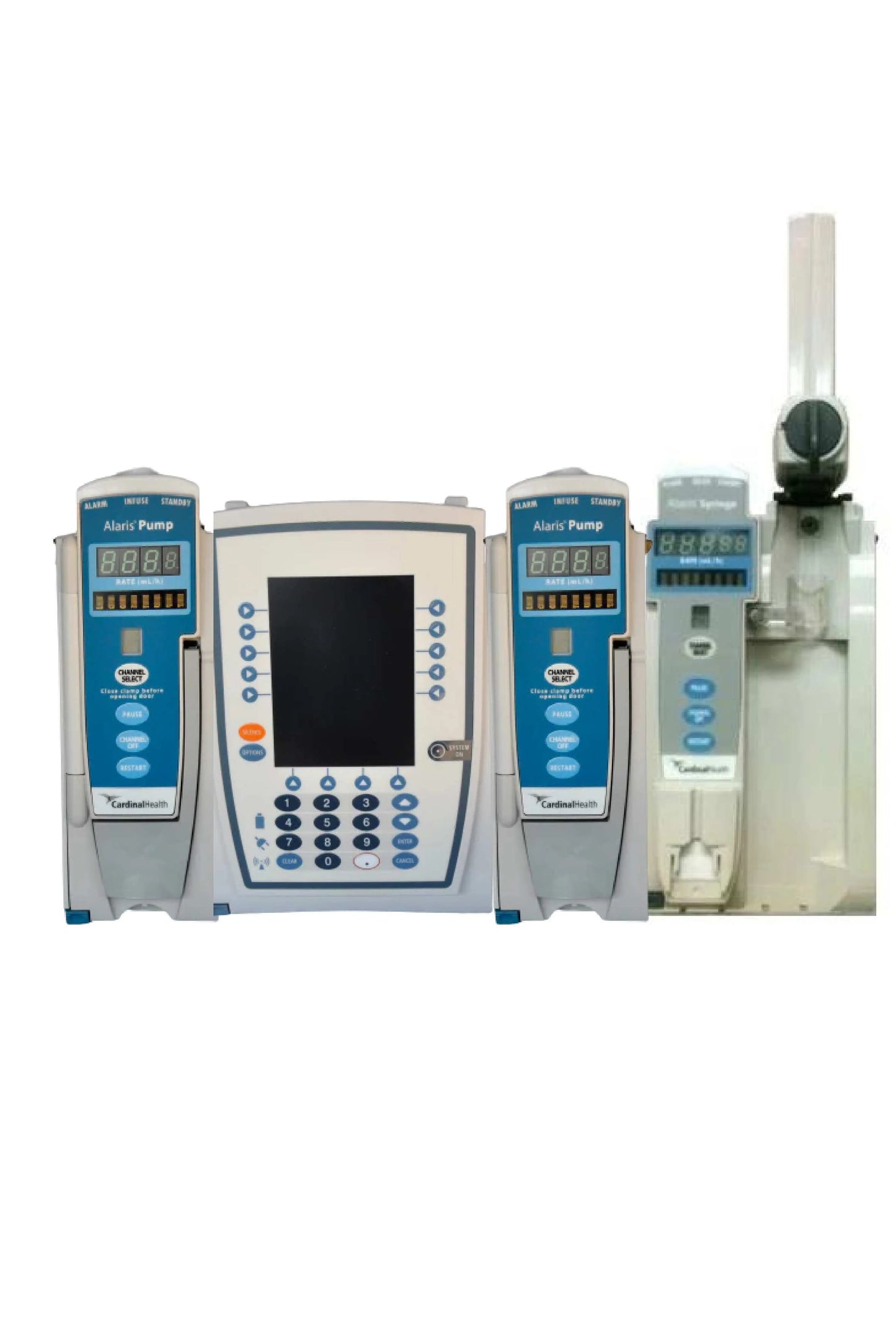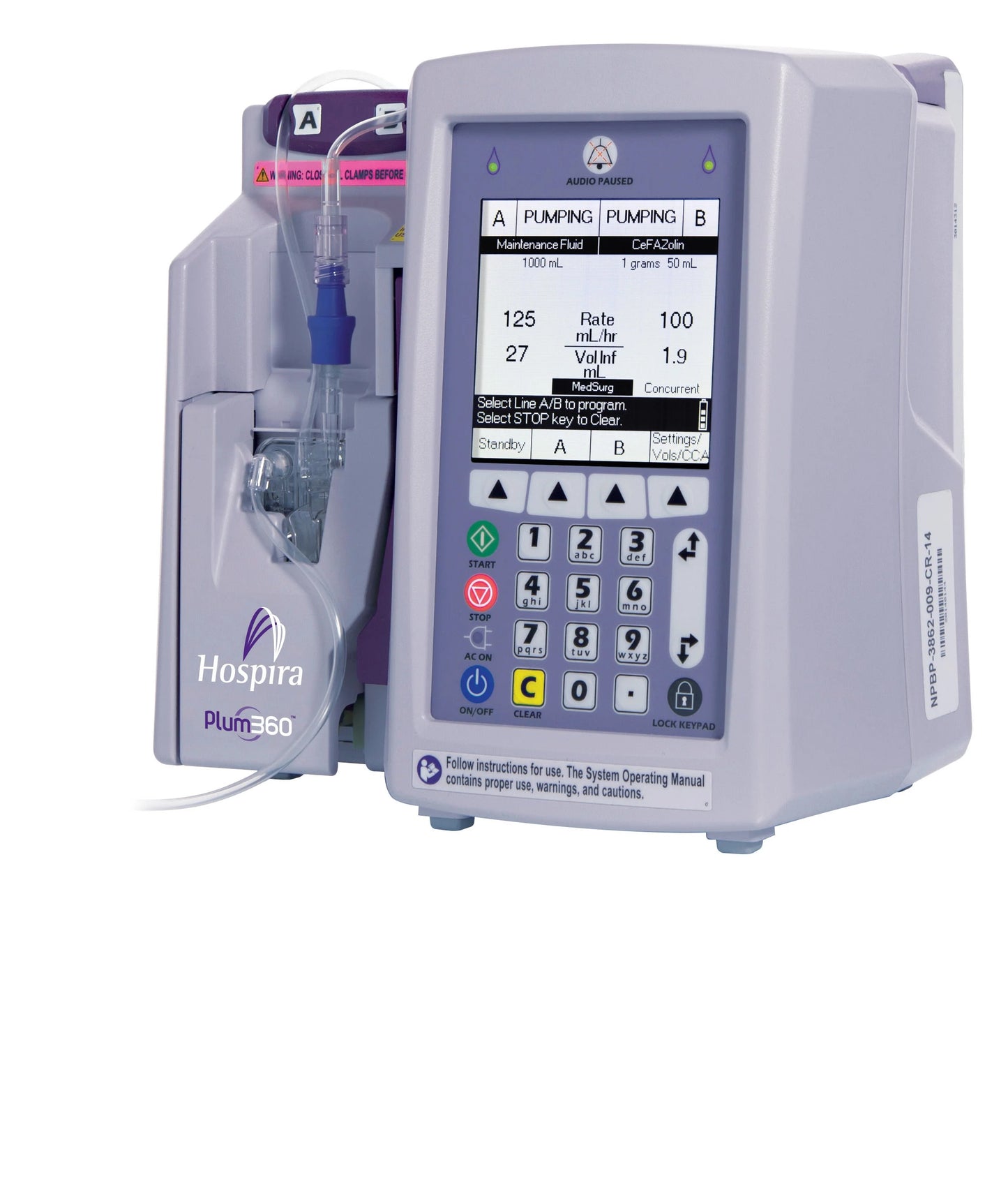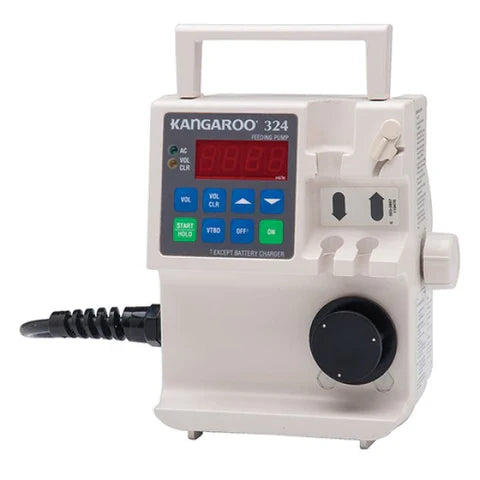
Infusion pumps are critical medical devices used in healthcare settings to deliver fluids, such as medications, nutrients, or fluids, into a patient's body in controlled amounts. Given their role in patient care, it is imperative to maintain infusion pumps in optimal condition through regular cleaning and maintenance procedures. Proper cleaning not only ensures patient safety but also extends the lifespan of the equipment. In this article, we will discuss the steps for cleaning infusion pumps effectively, common problems encountered during the process, and how to address them.
Cleaning Infusion Pumps: Step-by-Step Guide
1. Gather Necessary Supplies:
Before starting the cleaning process, gather the required supplies such as:
- Disinfectant wipes or solution recommended by the manufacturer.
- Soft, lint-free cloths.
- Isopropyl alcohol.
- Water for rinsing.
- Gloves and protective gear.
2. Power Off and Disconnect:
Turn off the infusion pump and disconnect it from the power source to avoid any electrical hazards during the cleaning process.
3. Disassemble (if applicable):
Some infusion pumps may have detachable components. Follow the manufacturer's instructions to safely disassemble the pump for thorough cleaning.
4. Wipe Exterior Surfaces:
Using disinfectant wipes or a cloth dampened with a disinfectant solution, gently wipe down the exterior surfaces of the infusion pump, including buttons, screens, and casing. Take care not to allow moisture to seep into any openings.
5. Clean Infusion Set Connections:
Inspect the infusion set connections for any debris or residue. Clean the connections using a cloth dampened with isopropyl alcohol to ensure proper functioning and prevent contamination.
6. Rinse and Dry:
After cleaning, use a clean cloth dampened with water to rinse off any remaining disinfectant or alcohol residue. Allow the infusion pump to air dry completely before reassembly or use.
7. Reassemble and Test:
If you disassembled any components, carefully reassemble the infusion pump according to the manufacturer's instructions. Perform a functional test to ensure that the pump operates correctly after cleaning.
Common Problems and Solutions:
1. Residue Buildup:
Problem: Over time, residue from medications or fluids may accumulate on the surfaces of the infusion pump, affecting its performance and hygiene.
Solution: Use isopropyl alcohol or a manufacturer-approved cleaning solution to remove residue buildup. For stubborn residue, gently scrub the affected areas with a soft brush or cloth.
2. Malfunctioning Buttons or Controls:
Problem: The buttons or controls on the infusion pump may become sticky or unresponsive due to dirt, moisture, or residue accumulation.
Solution: Carefully clean around the buttons and controls using a cotton swab dampened with isopropyl alcohol. Avoid using excessive moisture, which can damage the electronic components.
3. Moisture Damage:
Problem: Excessive moisture during the cleaning process can lead to electrical malfunctions or corrosion within the infusion pump.
Solution: Use minimal moisture when cleaning the infusion pump, and ensure that all components are thoroughly dried before reassembly or use. If moisture ingress occurs, allow the pump to dry completely before attempting to power it on.
4. Inadequate Cleaning:
Problem: Improper or inadequate cleaning may leave behind contaminants or bacteria, posing a risk of infection to patients.
Solution: Follow the manufacturer's guidelines for cleaning and disinfection procedures. Regularly inspect the infusion pump for cleanliness and perform thorough cleaning at recommended intervals.
Proper cleaning and maintenance of infusion pumps are essential for ensuring patient safety and equipment reliability in healthcare settings. By following the steps outlined in this guide and addressing common problems effectively, healthcare professionals can maintain infusion pumps in optimal condition, contributing to quality patient care and clinical outcomes. Remember to always refer to the manufacturer's instructions and guidelines for specific cleaning protocols and recommendations.




